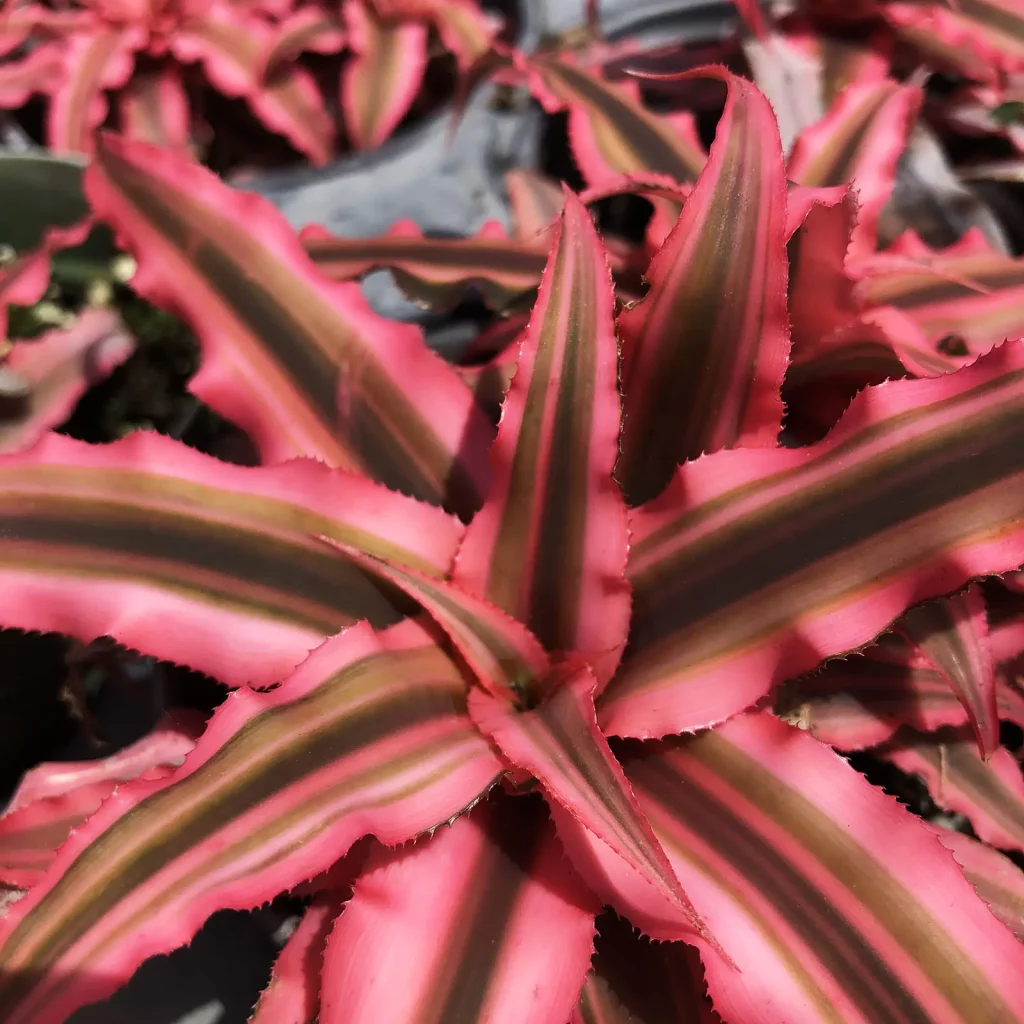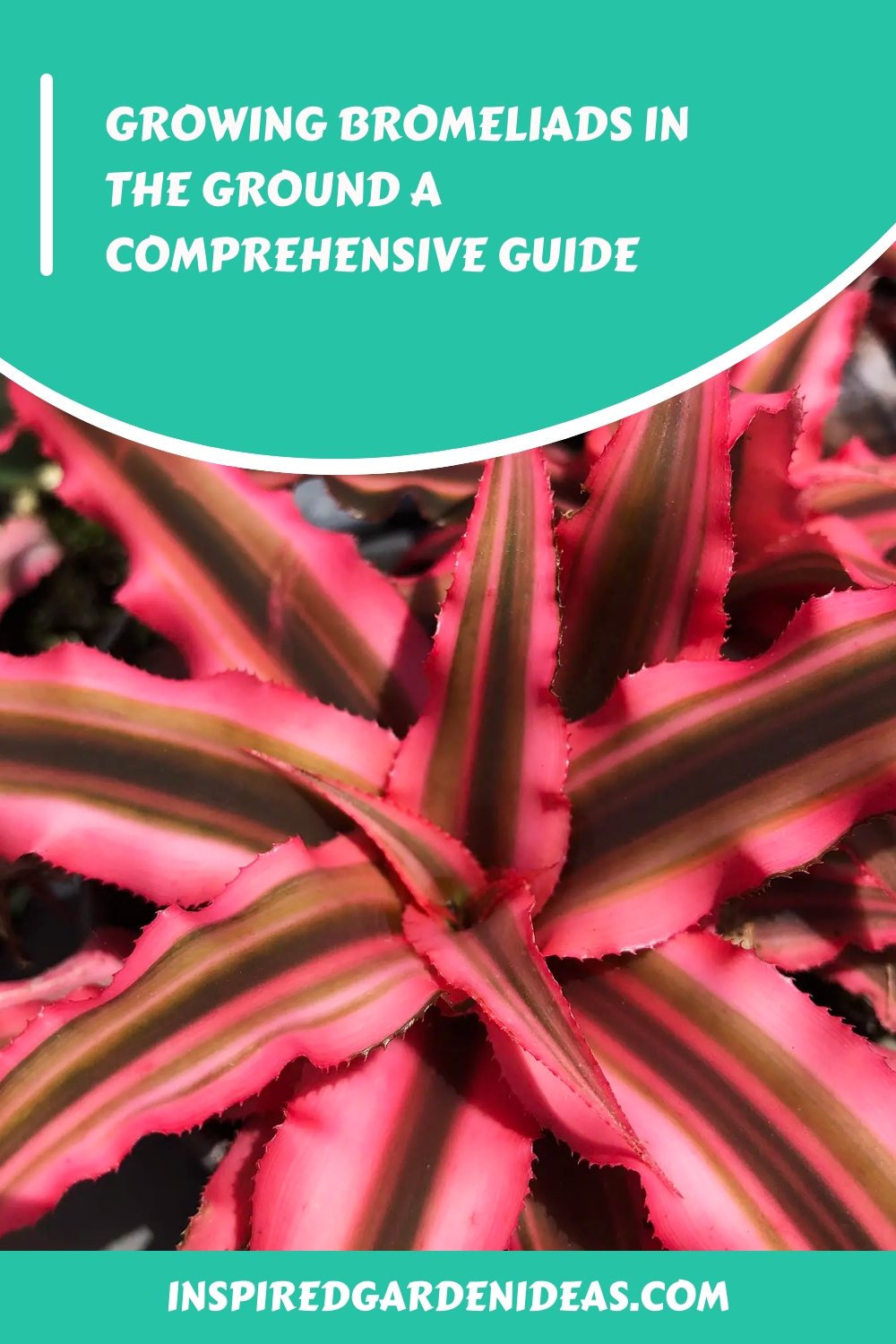Bromeliads are a diverse and beautiful family of plants that can add color, texture, and unique character to any garden. While they are commonly grown as houseplants, many varieties can also thrive when planted directly into the ground. In this guide, we will explore everything you need to know about growing bromeliads in the ground, from choosing the right location to caring for your plants throughout their lifespan.
Choosing the Right Location for Your Bromeliads
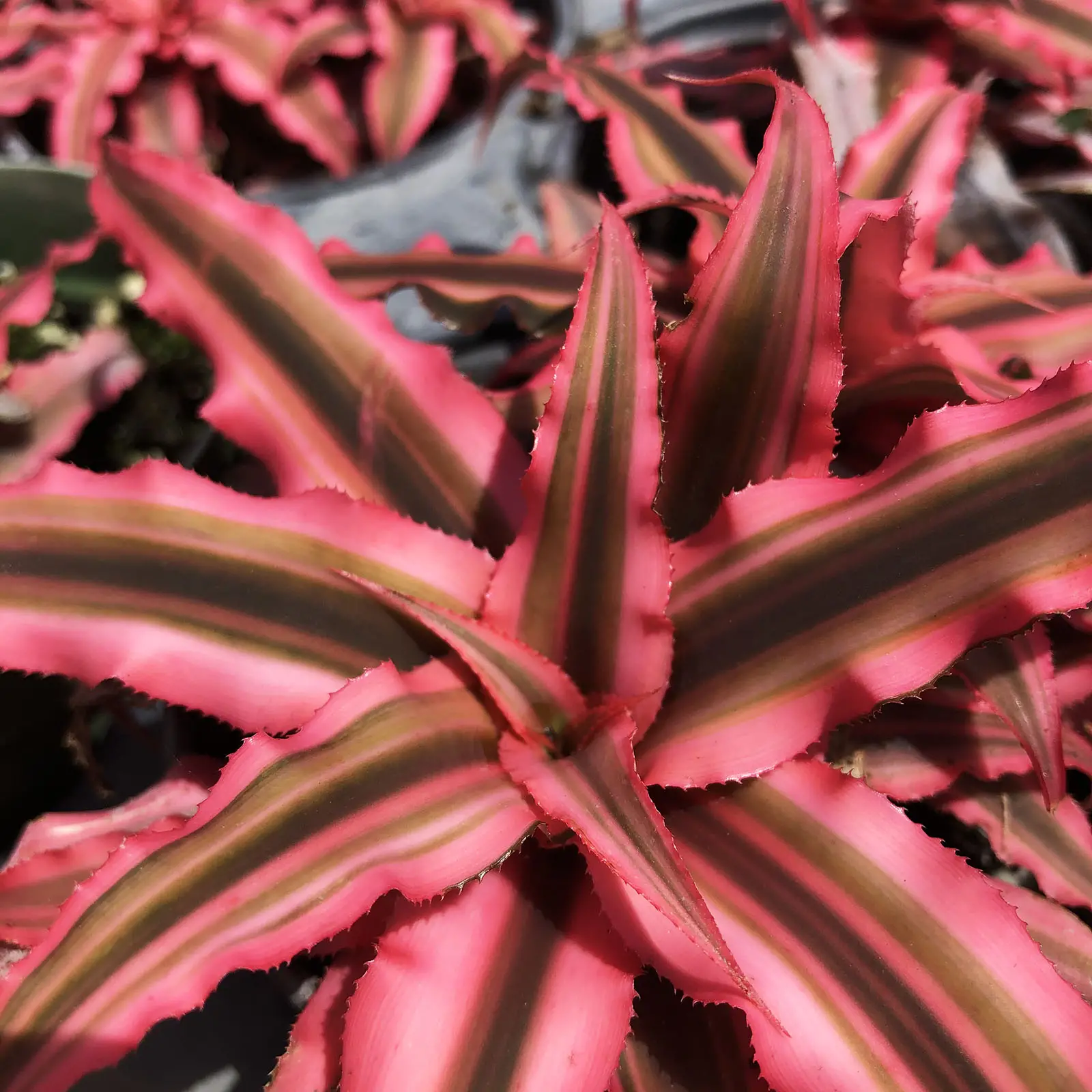
Climate and Soil Requirements
When considering where to plant your bromeliads, it is important to understand their specific climate and soil requirements. While each variety may have slightly different preferences, most bromeliads prefer warm, humid climates and well-draining soil. They do not do well in areas with extreme cold or prolonged periods of drought.
It is also important to consider the pH of your soil. Most bromeliads prefer a slightly acidic soil with a pH range of 5.5-6.5. If your soil is too alkaline, you can add amendments such as peat moss or sulfur to lower the pH level.
Sunlight Needs
In their natural habitats, bromeliads grow in a wide range of light conditions, from full sun to deep shade. However, when growing them in the ground, it is important to find a balance between too much and too little sunlight.
For most bromeliads, dappled or filtered sunlight is best. This means that they receive some direct sunlight but are also protected by the shade of surrounding trees or other plants. If you live in a hot climate, it is important to provide your bromeliads with some shade during the hottest part of the day to prevent sunburn.
Planting Your Bromeliads in the Ground

Preparing the Planting Site
Before planting your bromeliads, it is important to prepare the planting site properly. Remove any existing plants, weeds, or debris and loosen the soil to a depth of at least 12 inches. If your soil is heavy or compacted, you may need to add amendments such as compost or sand to improve drainage.
You can also create raised beds for your bromeliads if your soil does not drain well. This will also help prevent any issues with standing water, which can lead to root rot and other diseases.
Planting Techniques
When planting your bromeliads in the ground, it is important to handle them carefully to avoid damaging their delicate roots. Gently remove the plant from its container and loosen the root ball before placing it in the prepared hole. The top of the root ball should be level with the surrounding soil.
After planting, fill in any gaps around the plant with soil and gently firm it down to remove any air pockets. Water thoroughly to help settle the soil and provide moisture for the newly planted bromeliad.
Caring for Your Bromeliads in the Ground
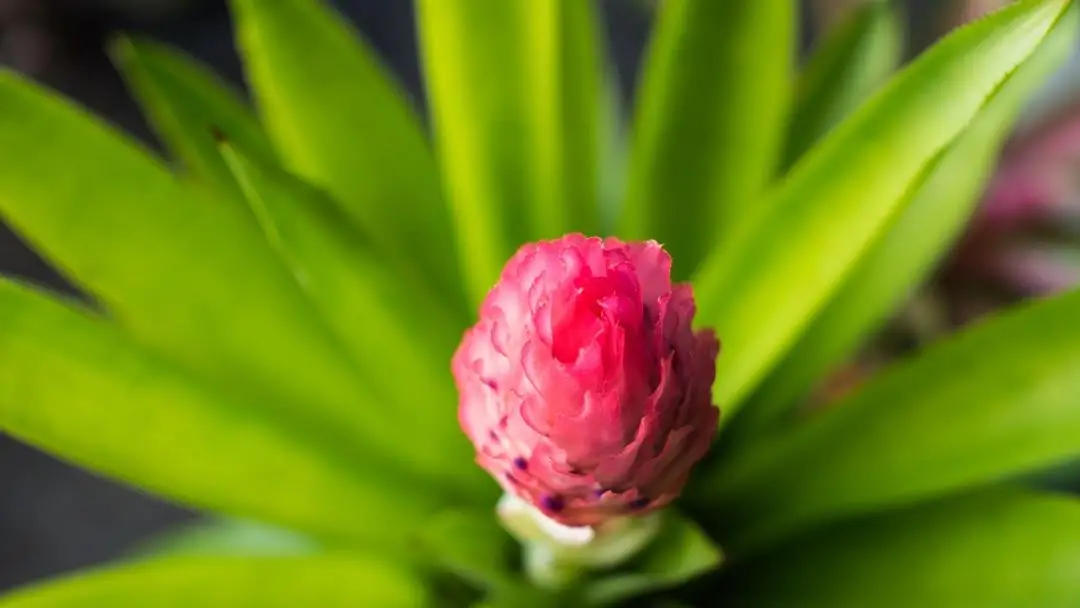
Watering
Proper watering is crucial for the health and growth of your bromeliads. While they are relatively drought-tolerant, they do require consistent moisture to thrive. During the growing season, it is recommended to keep the soil evenly moist but not waterlogged.
During periods of extended drought or high heat, it may be necessary to water your bromeliads more frequently. However, be sure to check the soil moisture level first before watering to avoid overwatering and causing root rot.
Fertilizing
Bromeliads do not require a lot of fertilizer, but they do benefit from occasional feeding. Use a balanced, water-soluble fertilizer once per month during the growing season to promote healthy growth and vibrant colors. Be sure to follow the directions on the fertilizer package and do not over-fertilize, as this can cause damage to the plant.
Pruning and Maintenance
Bromeliads are relatively low-maintenance plants, but they do require some occasional pruning to keep them looking their best. Remove any dead or damaged leaves by cutting them off at the base of the plant. You can also trim back any offsets (also known as pups) that form around the base of the mother plant to encourage more compact growth.
It is also important to regularly clean and remove debris from the center cup of your bromeliads to prevent pests and diseases from taking hold.
Common Issues When Growing Bromeliads in the Ground
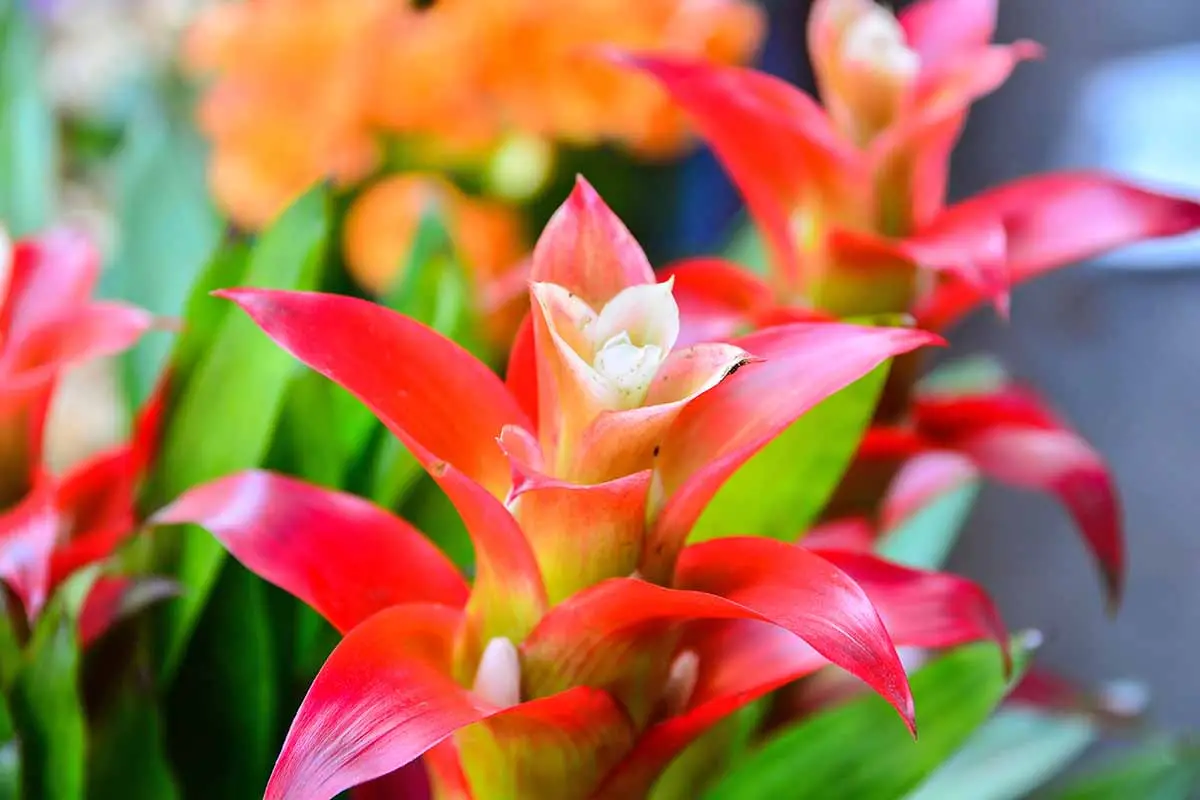
Pest and Disease Control
Bromeliads are relatively pest and disease-resistant, but they can still fall victim to a few common problems. Spider mites and mealybugs are the most common pests that may affect bromeliads. These can be treated with an insecticidal soap spray or by simply wiping them off with a damp cloth.
Root rot is the most common disease that affects bromeliads when grown in the ground. This is usually caused by overwatering or poor drainage. To prevent root rot, make sure your soil is well-draining and only water when the top inch of soil is dry.
Dealing with Cold Weather
While many bromeliads can withstand some cold temperatures, prolonged exposure to freezing temperatures can be damaging or even fatal to the plant. If you live in a colder climate, it is best to bring your bromeliads indoors during the winter months or protect them with a frost cloth.
Frequently Asked Questions (FAQs)
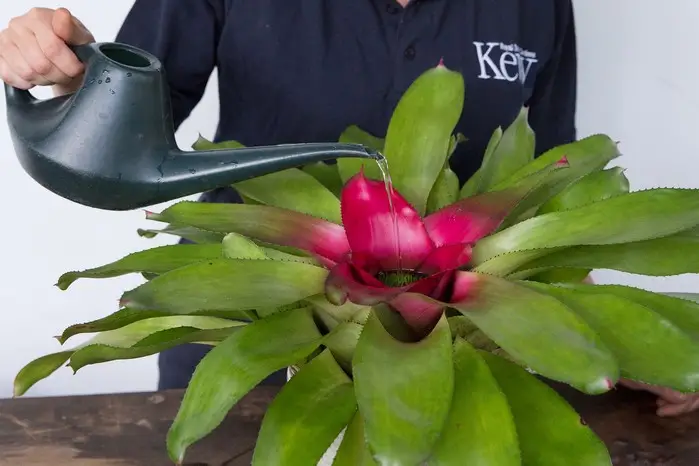
Q1: Can I grow all types of bromeliads in the ground?
A: No, some varieties of bromeliads are not suitable for planting in the ground. It is best to research the specific requirements of the variety you want to plant before choosing to grow it in the ground.
Q2: How often should I fertilize my bromeliads?
A: Bromeliads only need to be fertilized once a month during the growing season. Use a balanced, water-soluble fertilizer and follow the directions on the package.
Q3: Can I grow bromeliads in full sun?
A: While some varieties of bromeliads can tolerate full sun, most prefer dappled or filtered sunlight. Too much direct sunlight can cause damage to the plant, so it is best to provide some shade during the hottest part of the day.
Q4: How do I know if my bromeliad needs to be watered?
A: Check the top inch of soil with your finger. If it feels dry, it is time to water. However, it is important not to overwater, as this can cause root rot.
Q5: Can I grow bromeliads in containers instead of planting them in the ground?
A: Yes, many bromeliads make excellent container plants. Just make sure the container has good drainage and use a well-draining potting mix specifically designed for bromeliads.
Conclusion
Growing bromeliads in the ground can add a touch of tropical beauty to any garden. By choosing the right location, providing proper care and maintenance, and being aware of potential issues, you can enjoy these stunning plants for years to come. With their unique colors, shapes, and textures, bromeliads are sure to become a beloved addition to any landscape.

